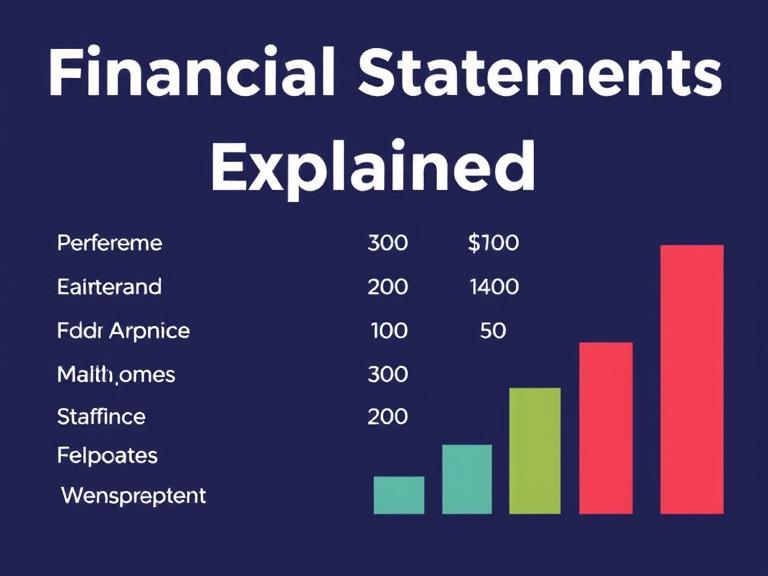Financial statements are essential tools for understanding the health of your business. Whether you’re pitching to investors or managing day-to-day operations, knowing how to read and use these documents is non-negotiable.
There are three primary financial statements:
- Income Statement (Profit & Loss)
This shows your revenues, expenses, and profits over a specific period. It answers the question: Is my business making money?
Key metrics include:
- Gross Profit = Revenue – Cost of Goods Sold (COGS)
- Operating Income = Gross Profit – Operating Expenses
- Net Profit = Total Revenue – Total Expenses
- Balance Sheet
This offers a snapshot of your business’s financial position at a specific date. It lists:
- Assets (what you own)
- Liabilities (what you owe)
- Equity (owner’s interest in the company)
Formula: Assets = Liabilities + Equity
- Cash Flow Statement
This tracks the movement of cash in and out of your business. It’s divided into:
- Operating activities
- Investing activities
- Financing activities
Unlike the income statement, it focuses solely on cash, not revenue or expenses on paper.
Together, these statements give a full picture of your business’s performance, solvency, and growth potential. They’re also crucial for tax filing, funding, and strategic planning.
Even if you hire an accountant, understanding these basics helps you make better, more informed decisions.

Leave a Reply